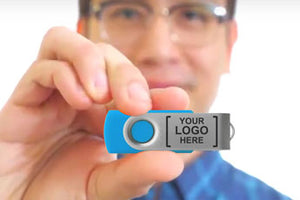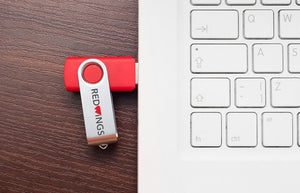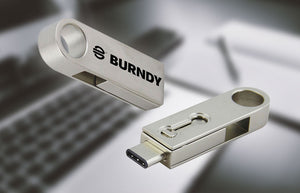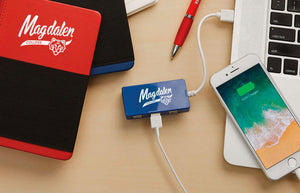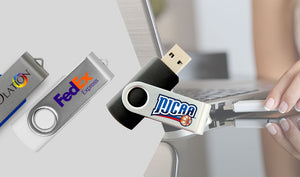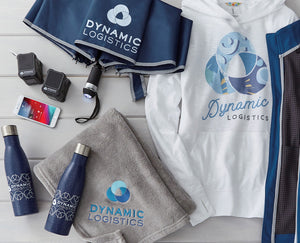3 Things To Consider When Buying USB Sticks
3 Things To Consider When Buying USB Sticks
USB sticks have become a common tool that many people rely on and use. A USB makes it easy to store data and transfer data from one device to another.
There are a wide variety of storage capacities, speeds, and design styles available on the market today. Users should understand which version best suits their needs before making a purchase
Read on for 3 things to consider when buying USB sticks.
1. Speed
The speed of a USB stick can be from very slow, 2-3MB/s transfer speed, to very quick, over 100MB/s. There are two types of USB sticks on the market: USB 2.0 and USB 3.0 devices.
The USB 2.0 standard can transfer data at a very high 60MB/s. That is very impressive and generally enough for normal day to day use. The USB 3.0 can handle up to 640MB/s, which is over ten times as fast as the 2.0 maximum.
With the technology so readily available, the price difference between a very slow drive and a fast one is not significant. So paying a little extra for a lot more speed is definitely worth it.
2. Size (Memory + Physical)
When considering how much storage space you need on your USB flash drive, the first question to ask is what kind of files you will be most likely be storing. Photos, word documents, and videos all take up various amounts of space.
What you want to avoid is buying a USB flash drive that turns out to be way too small for your needs. You may be tempted to purchase smaller capacity drives because they are less expensive. But if you purchase a drive that is too small, that may lead to you having to purchase multiple small drives in the long run.
The actual physical size of the USB drive is also more important than you think. You would be surprised how many users do not take this into account. Your USB Drive has to be small enough that it does not block the USB port next to it.
There is nothing more irritating than having to unplug a bunch of other cords and devices so you can plug in your USB drive. Besides the practical uses when plugged in, the whole point of having a USB drive is that it is compact and easy to carry. Having a bulky USB flash drive defeats the point.
3. Design
There’s a wide variety of designs out there on the market for USB sticks. There are devices with fancy caps, caps that flip out, and caps that click in and out of place.
While some of these designs may look really cool, a lot of them are not very practical. First and foremost, you definitely want to look for a USB stick that has a cover that protects the sensitive hardware where your data will be stored. Without a proper cover, your data can be damaged or lost.
When it comes to caps that click in and out of place, one major problem is that if you are trying to plug it into a tight USB port, sometimes the clicking mechanism does not hold. Devices with a removable cap are not a great choice because the cap can, and will probably, get lost.
Lots of users respond well to a removable cap that has a lanyard or string that attaches the cap to the USB stick itself. That way, the cap is easily removable but won’t get lost.
Ready for New USB Sticks?
There are a lot of choices out there when it comes to USB flash drives. Making sure you get the right one from the beginning will save you a headache, time, and money.
Check us out for more information!
CONTACT US
- choosing a selection results in a full page refresh

